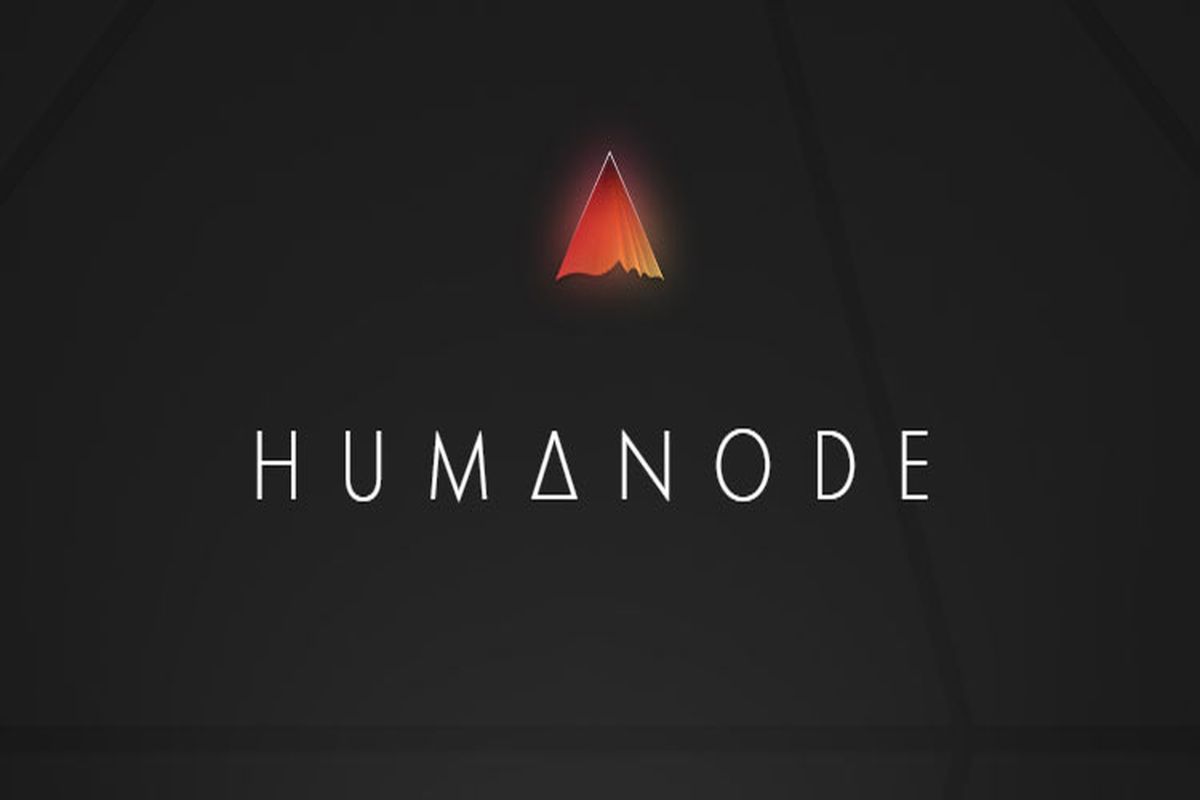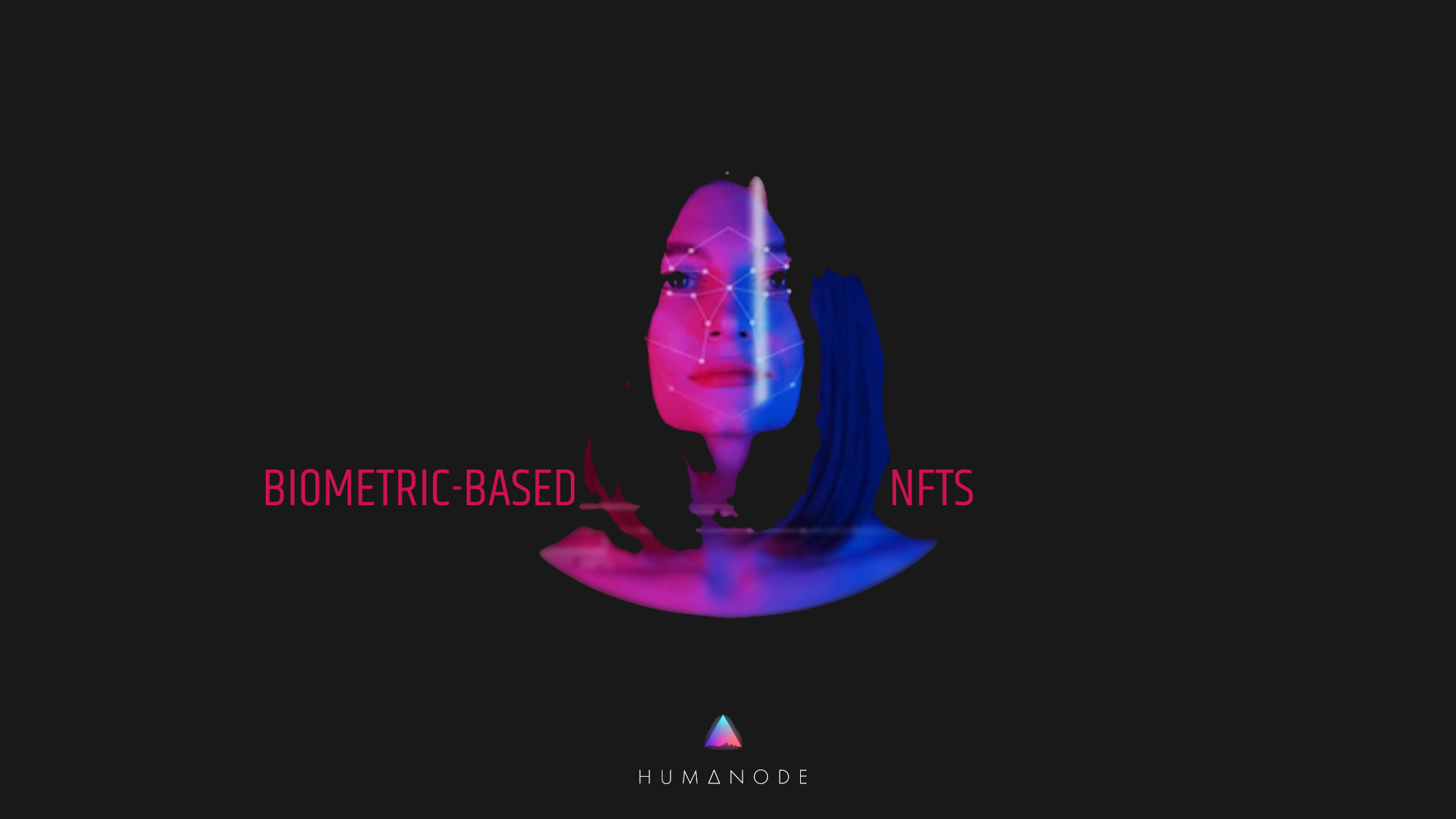Humanode is described as the first human-powered crypto-biometric network. In this ecosystem, 1 human = 1 node = 1 vote.
The new-age decentralized crypto-biometric network is designed to integrate pioneering cryptography with private biometrics and blockchain technology. Developers say that the project strives to create a strong and sustainable decentralized network that is powered by the existence of unique human beings.
In that context, the Humanode project was invented by the co-founders of Paradigm research institute sometime in 2017.
They were among many who were highly optimistic about the Web3 potential but, simultaneously, were stumped by the fact that validator oligopolies and mining cartels appeared to dominate the crypto sector. By taking human biometrics as a stake, the Humanode founders saw a lot of potential in the development of a decentralized network of equals.
Related: Blockchain for Good: The Power of Blockchain Technology in the Humanitarian Sector
Humanode supports a wide range of use cases while resolving issues with existing ones.
With Humanode supporting the pseudonymous biometric DIDs linked to different online services, most sectors stand to benefit from it including trading, marketplaces, financial services that actively involve credit score, yield farming, insurance, and many others like healthcare, nonfungible token (NFT) ownership, airdrops, and metaverse authentication.
What Issues Does Humanode Resolve?
Humanode introduce Sybil resistance, decentralization, and innovative governance models to the blockchain sector utilizing biometric technology.
In its integral foundations, the Humanode project strives to bring accessibility, inclusivity, and innovation in the technology and crypto industries and economics in general. This project is an alternative to most of the blockchain networks that are wholly based on consensus algorithms like proof-of-stake (PoS) and proof-of-work (PoW) that now dominate the field.
It is known that PoS and PoW are decentralized technologically but not power-wise, granting lots of voting rights and rewards in proportion to the users’ economic investments in an activity or resource, stake and computational power, resulting in capital-based mining pools and oligopolies.
On the contrary to PoS and PoW, Humanode uses facial recognition biometrics with the integration of proof-of-existence and proof-of-uniqueness – efficient tools capable of developing a decentralized protocol to counter malicious attacks on online platforms. Notably, the most spread attacks on peer-to-peer networks are Sybil attacks with the use of many fake virtual identities or, in the case of nodes and cryptos.
The Humanode network is designed to check and guarantee that every participant in the network is distinct and has only one identity. Human nodes are developed via crypto-biometric validation which is an integration of cryptographically secure matching and liveness detection mechanisms authenticating the existence and uniqueness of real human beings.
Introducing equality and Sybil resistance to the system, Humanode design assures each person the same amount of voting power and rewards, developing a democratic and fair peer-to-peer network.
Related:From ISP to P2P: How Mesh Networks Take Bitcoin off the Grid
How Does Humanode Operate?
Humanode is described as a project that ideally integrates various technological stacks including biometrics and blockchain.
Notably, Humanode technology is made up of a bunch of layers such as a blockchain layer that is represented by a Substrate module: which is a biometric authorization module that is based on cryptographically secure neural infrastructure used for the private classification of three-dimensional (3D) templates of users’ faces.
It also consists of a Vortex decentralized autonomous organization (DAO), a private liveness detection mechanism used for identifying real human beings, and a monetary algorithm called Fath, where monetary supply reacts to real value growth and emission is highly proportional.
Consensus Agnostic Protocol
One of the notable features of Humanode is consensus agnosticism. Agnosticism is the ability to alter the network’s consensus mechanism in case the Humanode DAO approves it. Mainly, it derives from the necessity for continuous research on the highly suitable consensus for a leaderless network with similar validation power of nodes.
Various consensus mechanisms have many pros and cons that change continuously. A swappable consensus mechanism enables the network to evolve and not get limited by one inflexible infrastructure.
Substrate Framework
Humanode is described as a layer-1 blockchain whose framework lies on the Substrate open-source infrastructure that supports the rapid development of majorly customized blockchains. Substrate is the brainchild of the Parity team. It offers interoperability within the Kusama and Polkadot ecosystems and an environment for the development and deployment of general-purpose or specialized blockchain networks with incredibly varied parameters and strong capabilities.
Since it is a Substrate-based chain, Humanode benefits from it and from the high throughput and scalability that is inherent to the Polkadot network.
EVM-Compatible Smart-Contract Layer
Humanode is Ethereum-compatible. It can use the current Ethereum development tools due to an Ethereum Virtual Machine (EVM) pallet, and benefit from smart contracts development, powered by multiple popular languages like WebAssembly and Solidity.
On the flip side, Humanode can offer private biometric processing and Sybil-resistance to many Ethereum-based decentralized applications (DApps). Some of these applications include NFT solutions, decentralized finance (DeFi) projects, metaverses, play-to-earn (GameFi) projects, DAOs, and many others.
Private Biometric Search And Matching
In the case of Humanode’s biometric stack, it appears like the privacy and security of biometric data have ranked among the most important aspects of the project.
Because of the private classification of images of the users’ faces, the system promises the images’ privacy, executing all operations without users’ biometric data having to be sent from one device to another.
The only device required to pass biometric validation is a smartphone with a camera. After users scan their faces, they are changed into human nodes. The entire process is secure and private. All the Humanode network cares about is whether the user is a distinct human being, whether they are alive, and whether they are registered.
Decentralized Liveness Detection
A strategy that guarantees that the biometric sample is submitted from a live person, a huge security feature that minimizes the vulnerability of biometric networks to spoofing attacks, is known as liveness detection.
Biometric liveness describes the use of computer vision technology to detect the real presence of a living user instead of a representation like a mask or photograph, screen, video, a fictitious silicon fingerprint, or any other spoof artifacts.
Biometrics accuracy grew extensively in the last 10 years. Today, the possibility of a match between two different individuals is 1 to 125,000,000. Also, the chance of spoofing an identity without a real person in front of the camera is 1 to 80,000. But, these numbers are improving constantly.
For its first form of the crypto-biometric identification solution, which uses secure enclaves for some parts of the process, Humanode incorporates liveness detection and FaceTec’s face biometrics.
Related: Facial Recognition Technology: Designers Are Fighting Back
In that context, Humanode’s first testnet was unveiled in January 2021 and the official testnet 1 with liveness detection and the updated technical stack was unleashed in September 2021. Since then, there have been several testnets deployed with over 10,000 people becoming human nodes.
Vortex DAO
There are three kinds of nodes in the Humanode ecosystem today. First, the human nodes that have passed biometric validation and got a fraction of the network transaction fees. There are also delegators; these nodes opt to delegate their voting power to the so-called governors. By description, governor nodes are the nodes that participate in Humanode’s governance and have to meet various governing stipulations.
Every node type forms a crucial part of Humanode’s governance DAO called Vortex. Unlike the other projects, which let nodes accumulate voting power subject to the amount of capital they have or delegate, the Humanode platform guarantees that all the nodes are equal with regards to voting power and validation, offering real equality between peers within a decentralized environment.
Fath Monetary Algorithm And Rebalancing Network
Humanode uses the Fath hypothesis as the fundamental for HMND Humanode token (HMND) circulation. In that context, Fath is a monetary algorithm that has a proportional distribution of issued tokens. It is a great alternative to modern fiat credit-cycle financial networks and capital-based public blockchains.
Crypto-Biometrics Overview
Crypto-biometrics is described as a mix of innovative advanced technologies that consist of encryption, blockchain, zero-knowledge proofs, liveness detection, cybersecurity, and biometrics.
To achieve the security and privacy needs of protecting all sensitive personal biometric data in a globally distributed system that is powered by nodes linked to thousands of human beings, just encoding the biometric information is not enough.
Humanode uses crypto-biometric identification mechanisms that are powered by a combination of different technologies and thrive at the intersection of the disciplines like information security, biometrics, mathematics, zk proofs, homomorphic encryption, liveness detection, and blockchain.
To turn into a human node, users have to prove that they are real people and not masks, photos, deep fakes, or anything else. Users are subjected to live video-based 3D face scans and liveness detection.
During the process, the 3D face mapping vector of the neural network is changed into numerical values and encrypted. After that, the private and public keys are developed and, at that point, users are allowed to launch their nodes.
For the registered Humanode users, once they manage to log in after biometric identity verification, the 1 to n search and matching activity works in an encrypted space. Since the entire process is zk-based, the only information that is searched for and is provided is whether the user is registered.
Related: What Is Zero-Knowledge Proof (ZKP)?
Humanode Components
Humanode is made up of several exclusive features that enable the project to achieve its goals. First, Humanode offers biometric Sybil resistance. With guaranteed decentralized biometric identification primarily based on liveness detection, this network is owned and operated by real people.
Notably, Humanode speeds up the spread of equality because every user can only develop one identity, which means that they can only unleash a single node and therefore has one vote. It translates to equal ownership of the network with equal power and fees distribution among the users.
Furthermore, the platform leverages self-sovereign and decentralized identity (DID) to provide users with total control over their digital personal data. All data is encrypted, decentralized, and kept fully and securely on-chain.
Pseudonymity means that Humanode users can readily interact with the network without needing to reveal their identity but just prove that they are real human beings. Moreover, there will be no more worries surrounding the issue of data privacy, because Humanode utilizes crypto-biometrics to protect all biometric data that does not leave the users’ devices.
The requirement for a common device like a PC or a smartphone to launch a human node means that there is wider accessibility and quick and user-friendly biometric validation introduces usability to the system. Since it is a Substrate-based platform, Humanode is also adaptable and interoperable with the general Ethereum network making it accessible to thousands of dedicated developers.
Furthermore, Humanode’s crypto-biometric processing scheme coupled with 1 human = 1 vote DAO infrastructure is easy to incorporate via the direct Application Programming Interface (API), which introduces Sybil resistance, decentralization and more benefits to any chain.
Finally, Humanode introduces a cost-based fee ecosystem that charges transaction fees in USD, based on the real use of resources. Pegging the US dollar value guarantees that Humanode’s (HMND) volatility does not impact resource costs but offers a highly intuitive user experience.
The Futures Of Blockchain And Biometrics Are Integrated
The integration of blockchain and biometric has massive potential with an emerging ecosystem based on it already in development aiming to improve various aspects of human life.
The current cryptocurrency paradigm is dominated by power- and capital-based schemes. While appearing as an alternative, Sybil-resistant human-based protocols support the reorientation of systems away from technocratic and oligopolistic narratives, offering real decentralization and democracy.
Networks that are powered by human biometrics and blockchain can develop innovative decentralized human-based digital validation layers and stable financial networks that mostly rely on the existence of human life.
Biometric-based blockchain projects primarily formalize a new infrastructure for a prosperous and regenerative world, each of them in a unique way. Some of these projects specialize in identity validation for blockchain services, with some of them offering solutions for metaverse verification, and some of them are majorly interested in enhancing things like universal basic income (UBI).
In that context, they accelerate a new possible human future where there is inevitable uniqueness and equality as the main powers.











